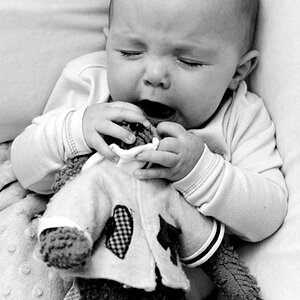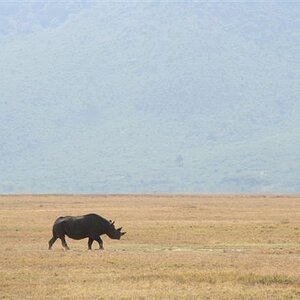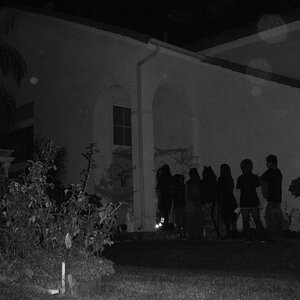iskoos
TPF Noob!
- Joined
- Nov 19, 2009
- Messages
- 187
- Reaction score
- 2
- Location
- Orlando, FL
- Can others edit my Photos
- Photos OK to edit
Say you are on Av (or A for Nikon) mode and set the f stop to f/4.0. When does the camera stop down?
a. At the moment you set the f stop
b. At the moment where you half press the shutter button (to do the metering)
c. Right before the shot is taken...
I believe the answer is "c" but don't know the reasoning behind.
a. At the moment you set the f stop
b. At the moment where you half press the shutter button (to do the metering)
c. Right before the shot is taken...
I believe the answer is "c" but don't know the reasoning behind.













